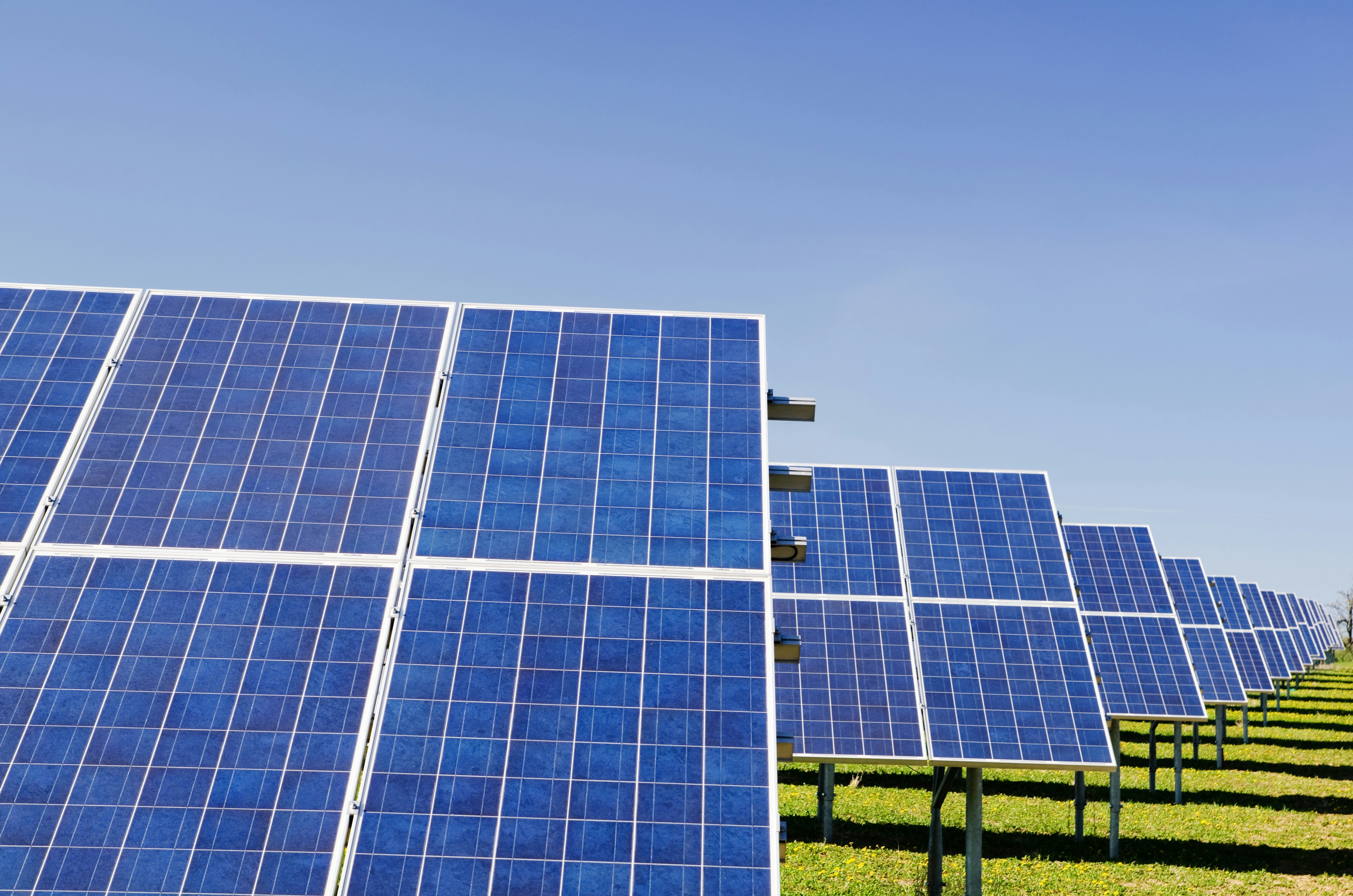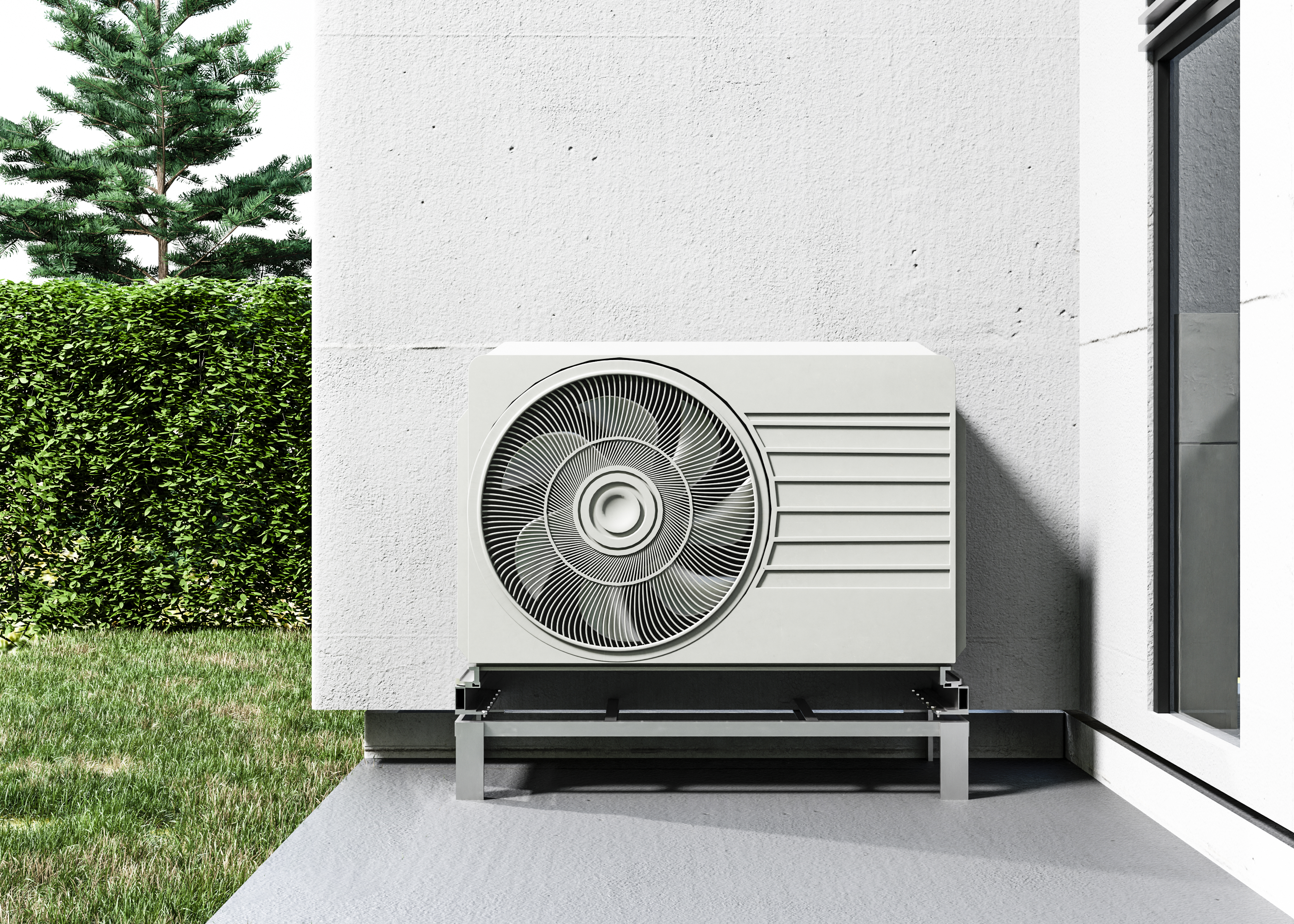About ECO Scheme
What is the ECO4 scheme?
ECO4 grants are part of the government’s strategy to meet carbon emission targets, and reduce the impact of the current cost of living crisis. The improvement of Scotland’s thousands of properties’ energy efficiency will help achieve this. Upgrading domestic central heating systems and insulation is seen as the most effective method of helping vulnerable and low-income households tackle fuel poverty.
Who provides ECO Grant funding?
Although ECO is a government energy efficiency scheme, it is not the Scottish or UK governments who pay for ECO 4 grants in Scotland. The “Big Six,” who are the main energy suppliers, cover the cost. The big six are British Gas, Scottish Power, EDF, SSE, E.ON, and NPower. The government has obligated these companies to provide money for grants to improve the energy ratings of millions of properties throughout the country.
The latest version of the scheme focuses on lower-income families and people with inefficient heating like electric heaters, oil boilers, and LPG central heating. Many of these properties are in rural locations.
You do not have to sign up with one of these energy suppliers to receive an ECO4 grant. As long as you are a domestic electricity user in Scotland, any one of these providers can carry out the work required in your home.
What does the ECO4 scheme cover?
Cavity Wall Insulation
Cavity wall insulation is a type of insulation used to improve the energy efficiency of a building by reducing heat loss. Insulation material (normally polystyrene beads in Scotland) is placed in between the inner and outer layers of your walls. This type of insulation is waterproof and is approximately 99% air. This helps maintain ventilation.
Cavity walls were introduced in the UK in the 1930s and consist of two layers of brick or block with a gap, or cavity, of around 50mm between them. This gap was initially intended to prevent moisture from penetrating the inner walls, but it was discovered that it also acts as a barrier to heat transfer. The insulation is injected into the cavity through small holes drilled into the outer wall, and then the holes are filled and finished to match the surrounding brickwork.
CWI helps to prevent heat loss from the building and can reduce energy bills and carbon emissions. It should be noted that not all properties are suitable for cavity wall insulation, and it is important to consult with a qualified energy assessor before installing CWI. More on cavity wall insulation.
Solid Wall Insulation
For older properties that are not of this construction type, solid wall insulation is a viable alternative. Internal wall insulation involves adding insulation to the inside surface of the external walls of a building. This is done to improve the energy efficiency of a building and reduce heat loss through the walls.
The insulation material is typically fixed to the inner surface of the wall and then covered with a plasterboard finish. This approach can be particularly useful in buildings where external insulation is not possible, such as those in conservation areas or buildings with listed status. Internal solid wall insulation grants.
Roof Insulation
Your attic and roof lose about 25% of the heat that your boiler and central heating system produce. ECO4 grants cover the cost of topping up your loft insulation with mineral wool fibre to the recommended level of 270mm. This is the depth that building regulations recommend for preventing heat loss.
For buildings that have rooms in their roofs, the process is similar to having internal wall insulation installed. Insulation boards are fixed to the surface of the upright stud walls, sloping walls, and flat ceilings if the loft is not accessible. Insulation is also fixed to the gable walls and dormer window ceilings where necessary.
This creates a sealed thermal unit in your roof and prevents heat from escaping. ECO grants cover the cost of room in roof installation and all materials. More on roof insulation.
Room-In-Roof Insulation
Your attic and roof lose about 25% of the heat that your boiler and central heating system produce. ECO4 grants cover the cost of topping up your loft insulation with mineral wool fibre to the recommended level of 270mm. This is the depth that building regulations recommend for preventing heat loss.
For buildings that have rooms in their roofs, the process is similar to having internal wall insulation installed. Insulation boards are fixed to the surface of the upright stud walls, sloping walls, and flat ceilings if the loft is not accessible. Insulation is also fixed to the gable walls and dormer window ceilings where necessary.
This creates a sealed thermal unit in your roof and prevents heat from escaping. ECO grants cover the cost of room in roof installation and all materials. More on roof insulation.
Solar Panels
Solar panels are becoming an increasingly popular renewable energy choice. Solar PV panels allow you to generate your own cheap, green electricity, enabling you to be more energy independent as you become less reliant on the electricity grid.
Solar PV panels absorb light from the sun and convert it via an invertor to provide electricity to power your home appliances. Solar electricity systems can help reduce heating bills by up to 60%. Any solar panel installed under the ECO grant scheme in Scotland is supplied and fitted completely free of charge. You don’t have to pay any money back, even if you move home. More on solar panel grants.

Air Source Heat Pumps
Air-source heat pumps are a new type of renewable heating system that will replace traditional boilers. They are extremely energy efficient and environmentally friendly because they do not burn a fuel source like gas or oil. They work by absorbing moisture from the air and compressing it to generate heat for your hot water and central heating. They run on electricity, and when installed with a solar panel system, it can significantly lower your energy costs. Heat pumps in Scotland.

Upgraded Heating Controls
ECO4 grants also cover the cost of installing modern heating controls in your home. This may be a room thermostat, TTZC (time and temperature zone control), or a smart thermostat. Heating controls enable you to monitor and regulate the temperature throughout your house. They allow you to provide more or less heat, depending on how often you use each room.
How does ECO4 differ from ECO3?
ECO4 is the fourth phase of the Energy Company Obligation. It follows on from the popular ECO3 phase of the government’s energy efficiency scheme. The overall aim of ECO remains the same: to lower energy bills and carbon emissions. However, there are fundamental differences between the two incarnations, both in delivery and in grant eligibility.
Changes to eligible Benefits – ECO4
There have been a number of changes in benefit eligibility between the two schemes. ECO4 focuses on households that are deemed to live in fuel poverty.
The following benefits did not qualify for a grant through ECO3, but they are now eligible in ECO4:
- Pension Credit Savings Credit
- Income Support
- Housing Benefit
The benefits below are no longer eligible in ECO4:
- Armed Forces Independence Payment
- Constant Attendance Allowance
- Carer’s Allowance
- War Pensions Mobility Supplement
- Personal Independence Payment (PIP)
- Industrial Injuries Disablement Benefit
- Severe Disablement Allowance
- Disability Living Allowance (DLA)
- Attendance Allowance